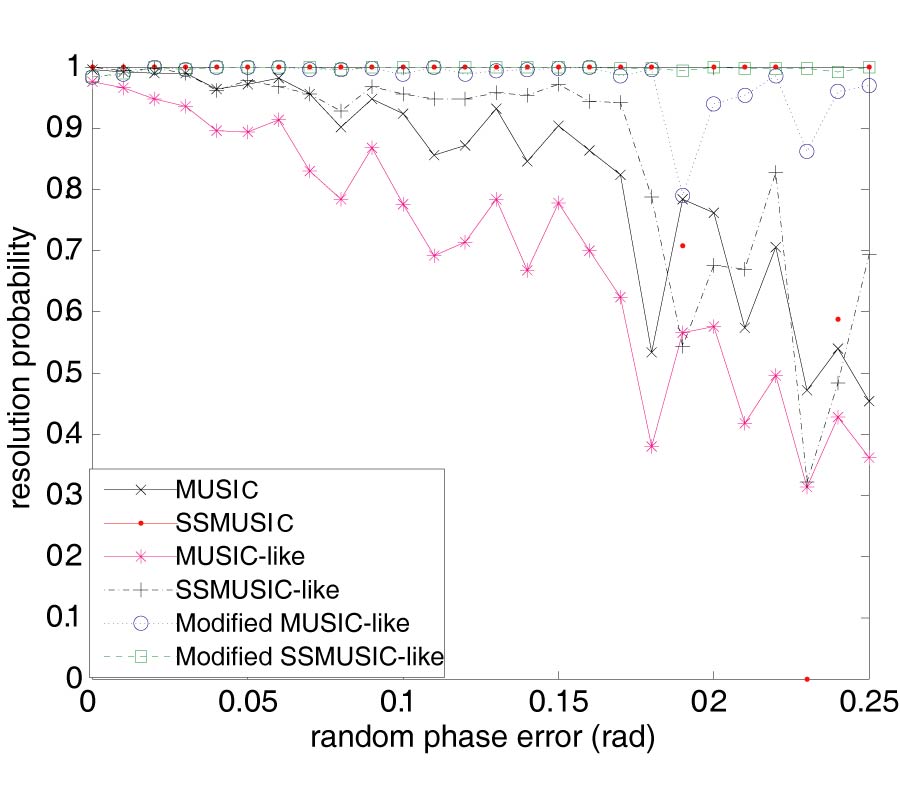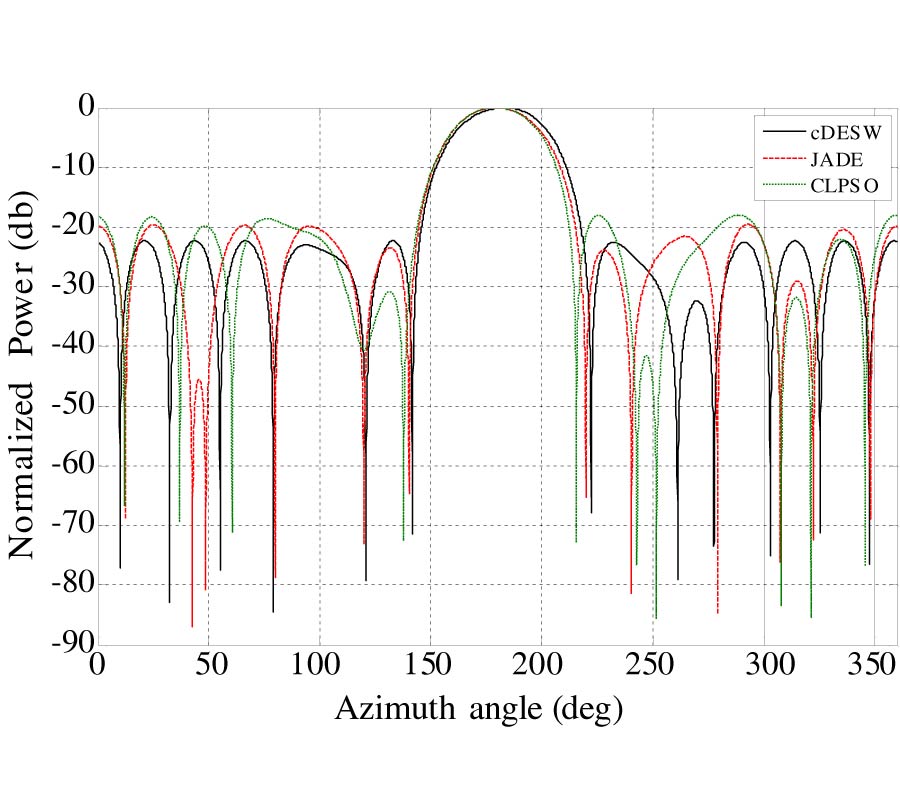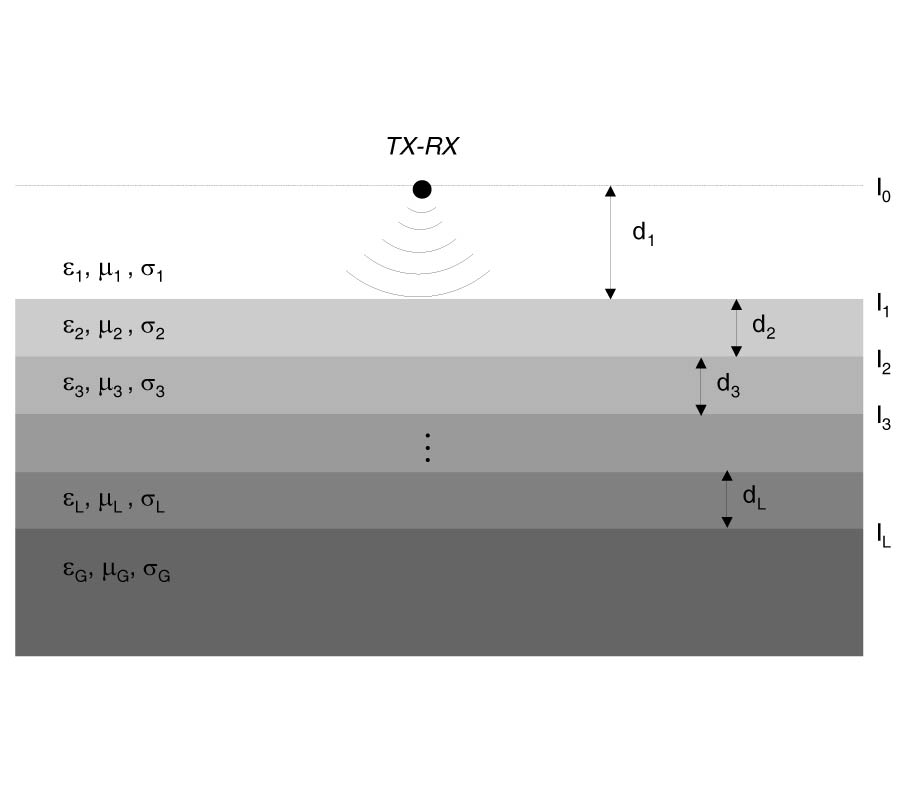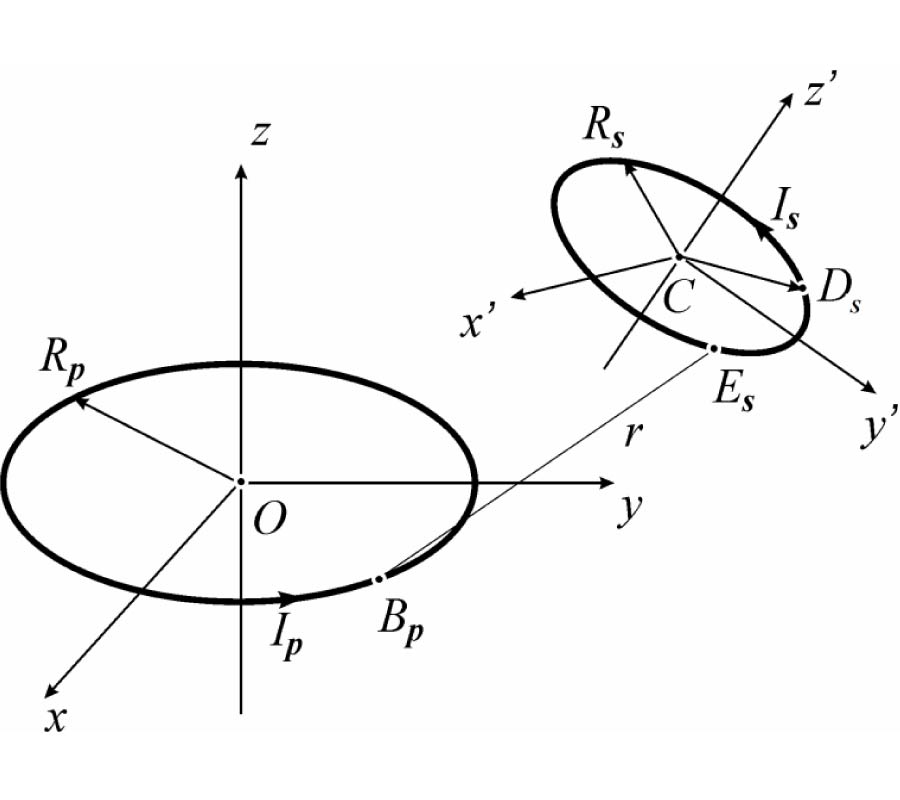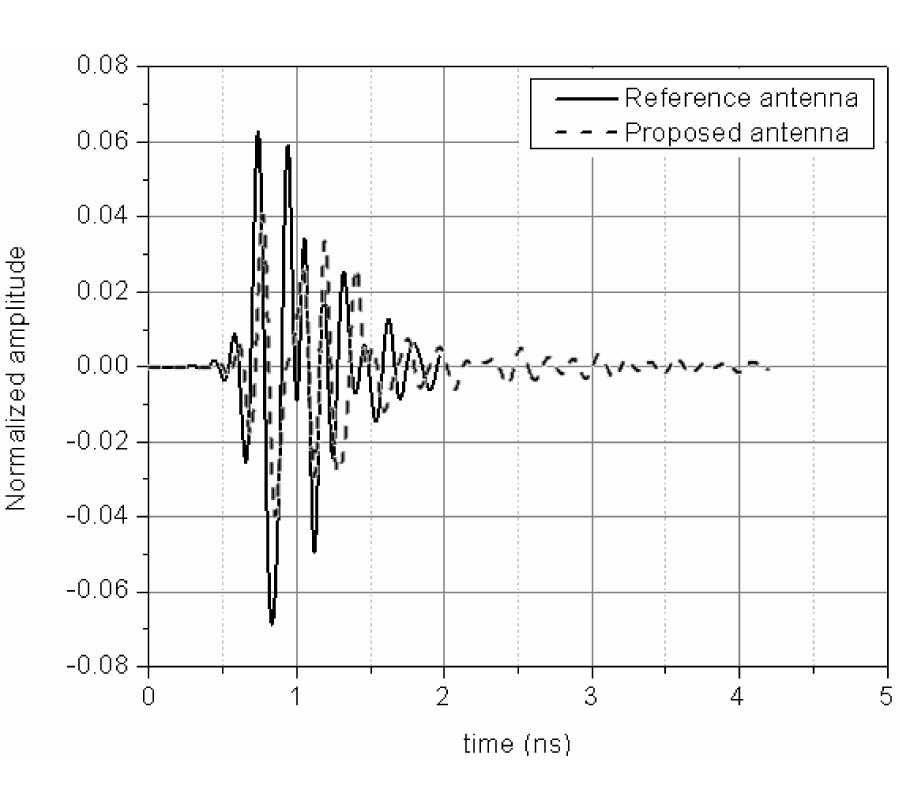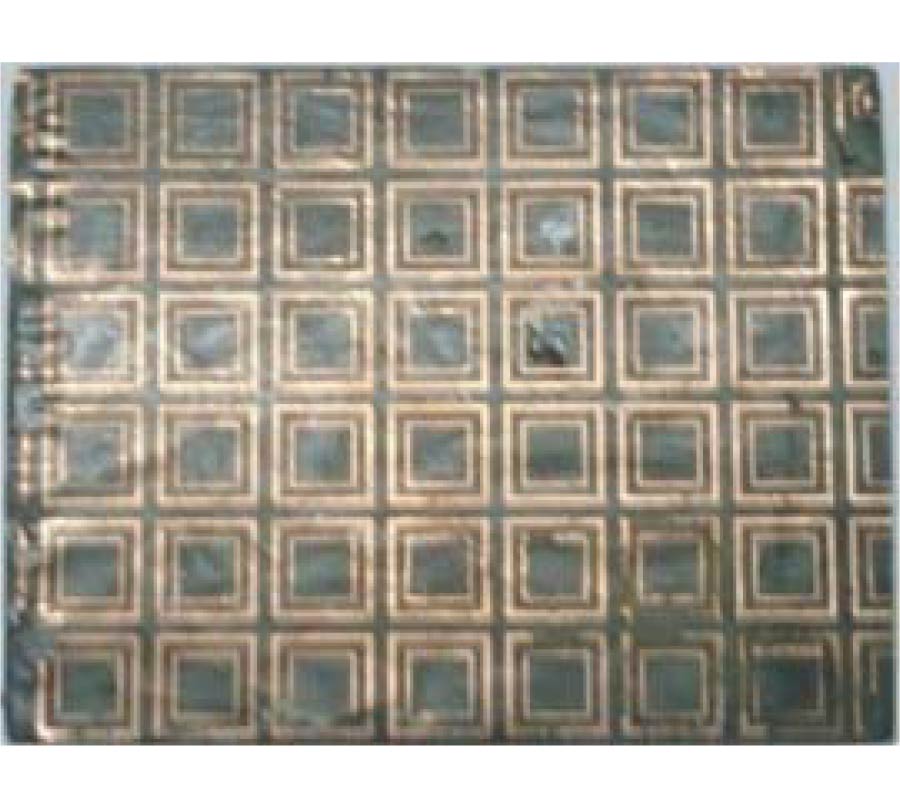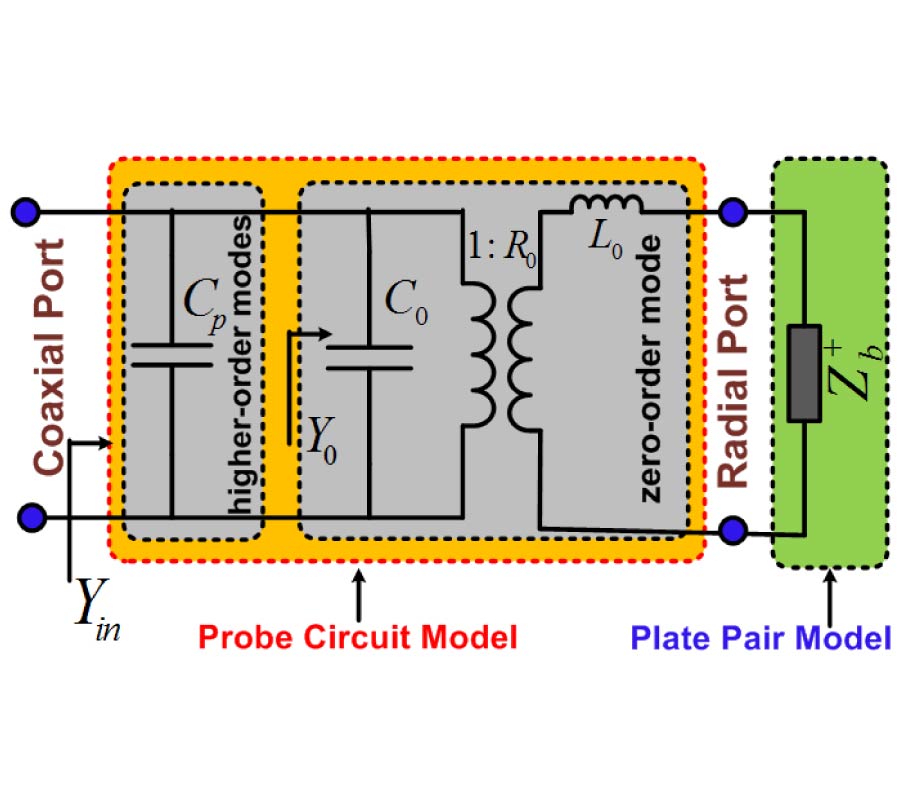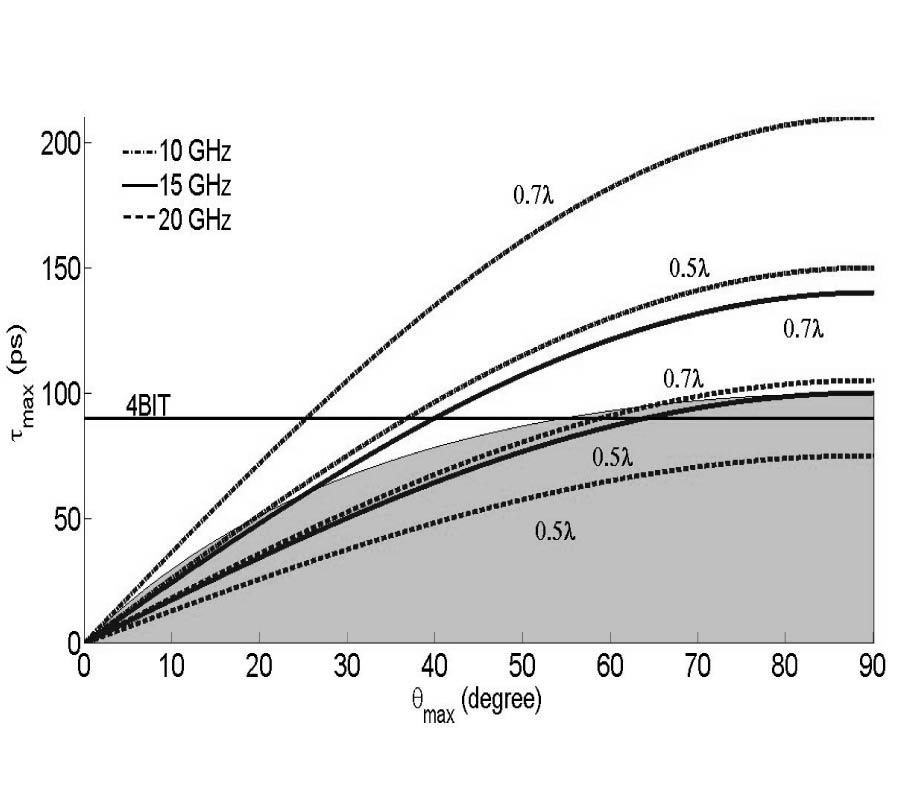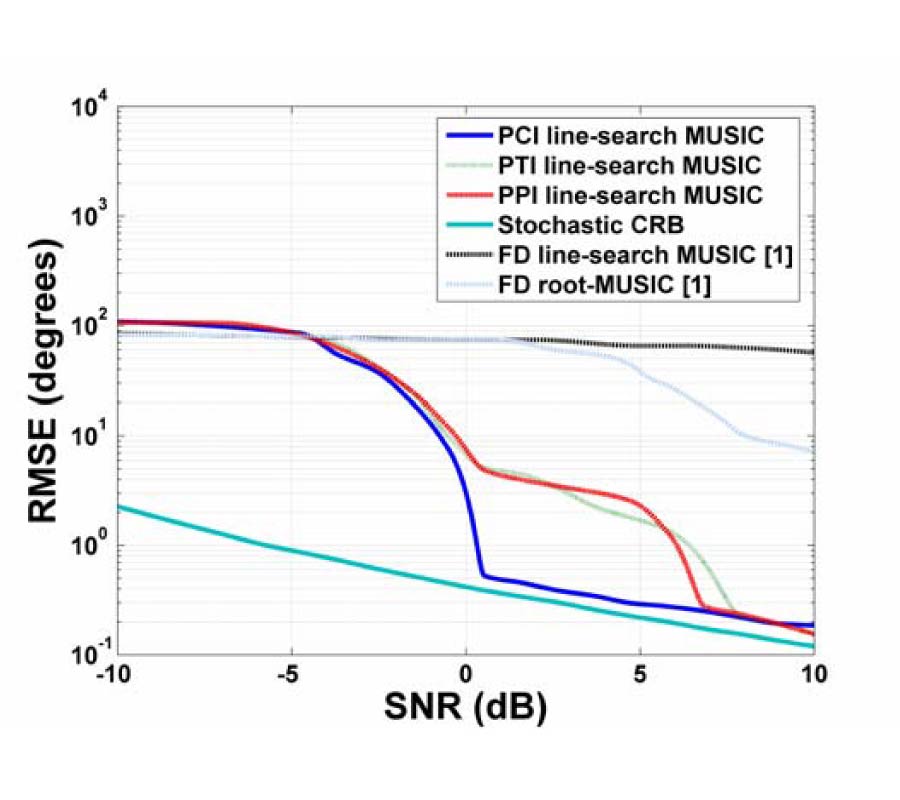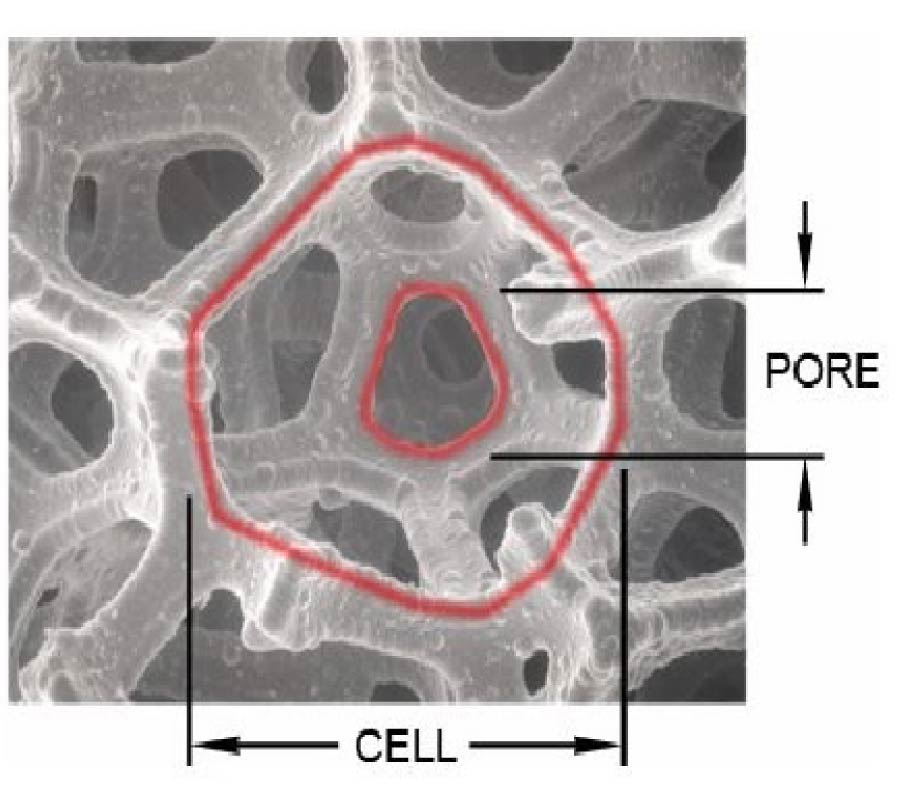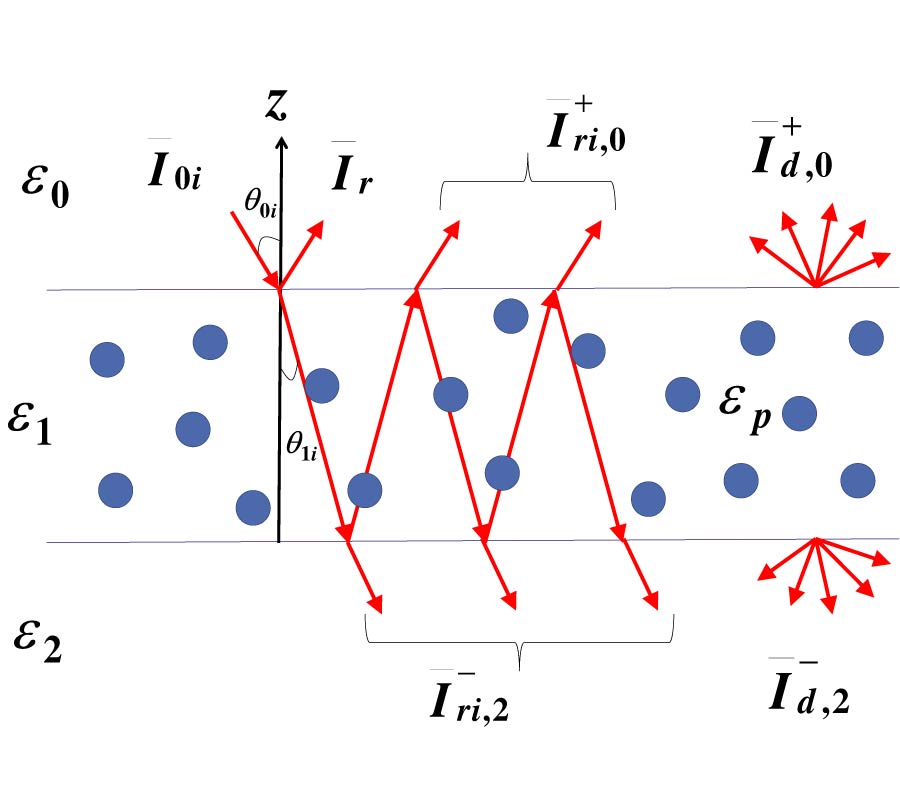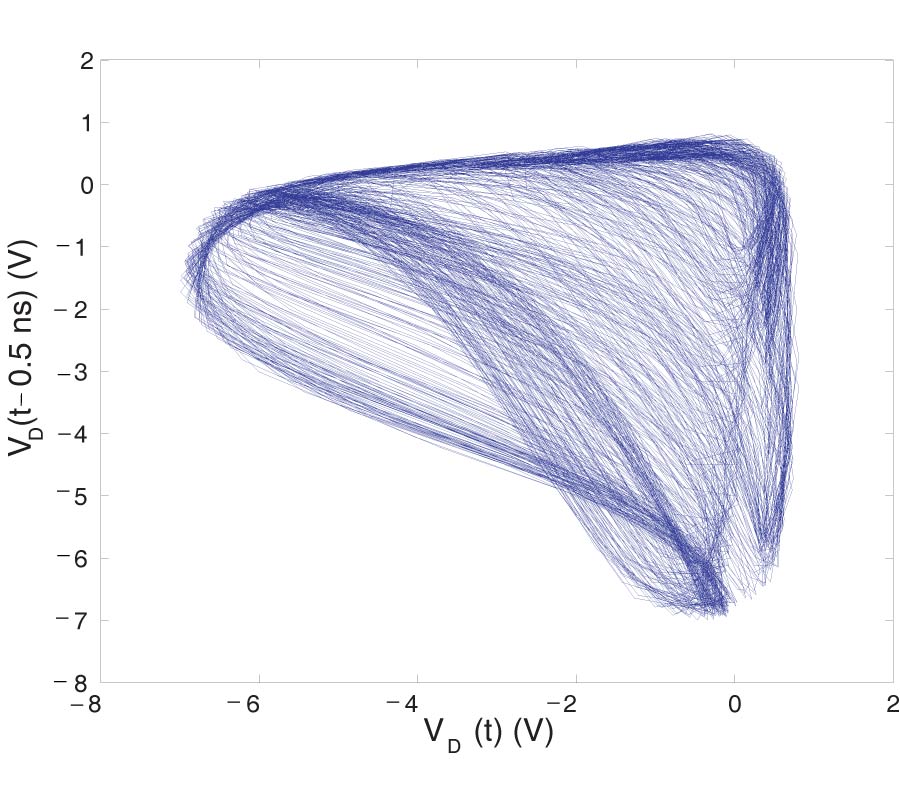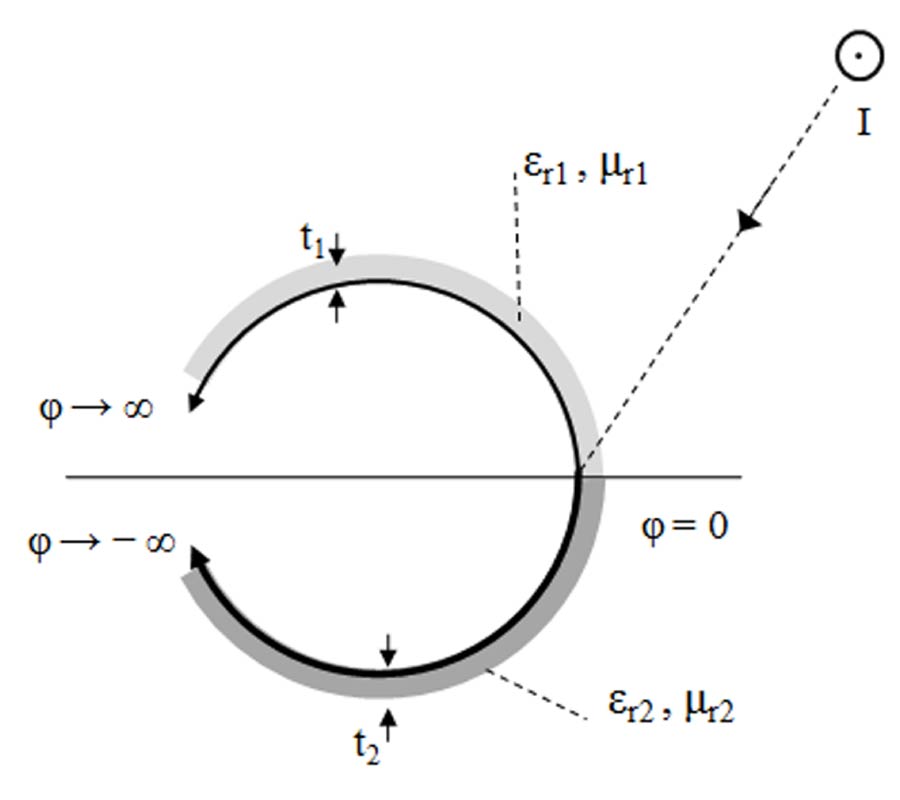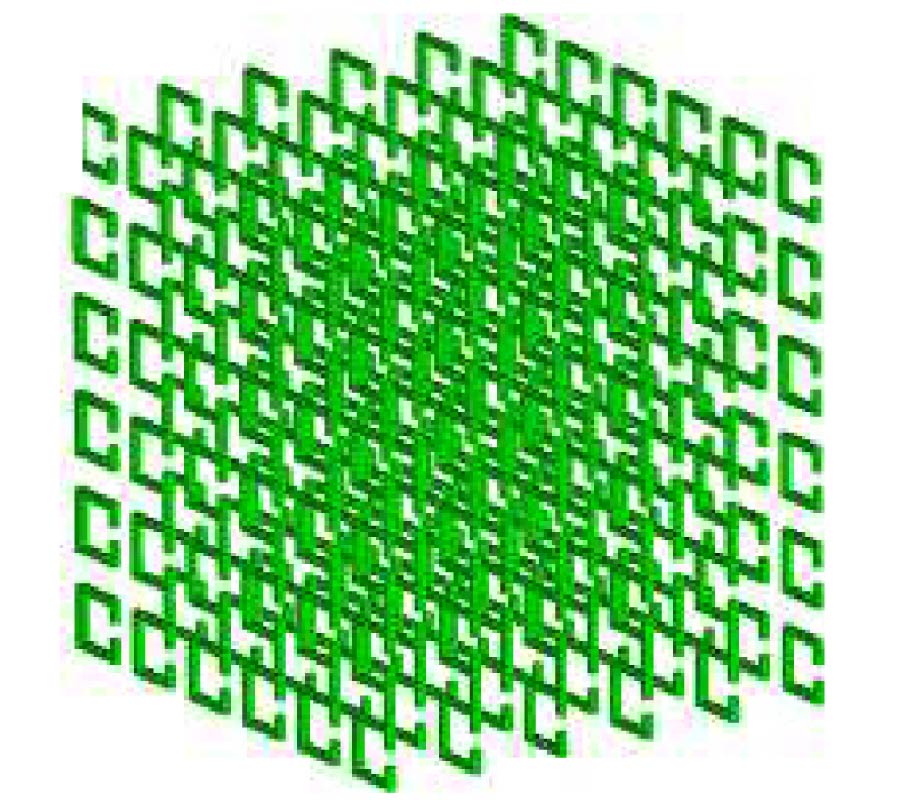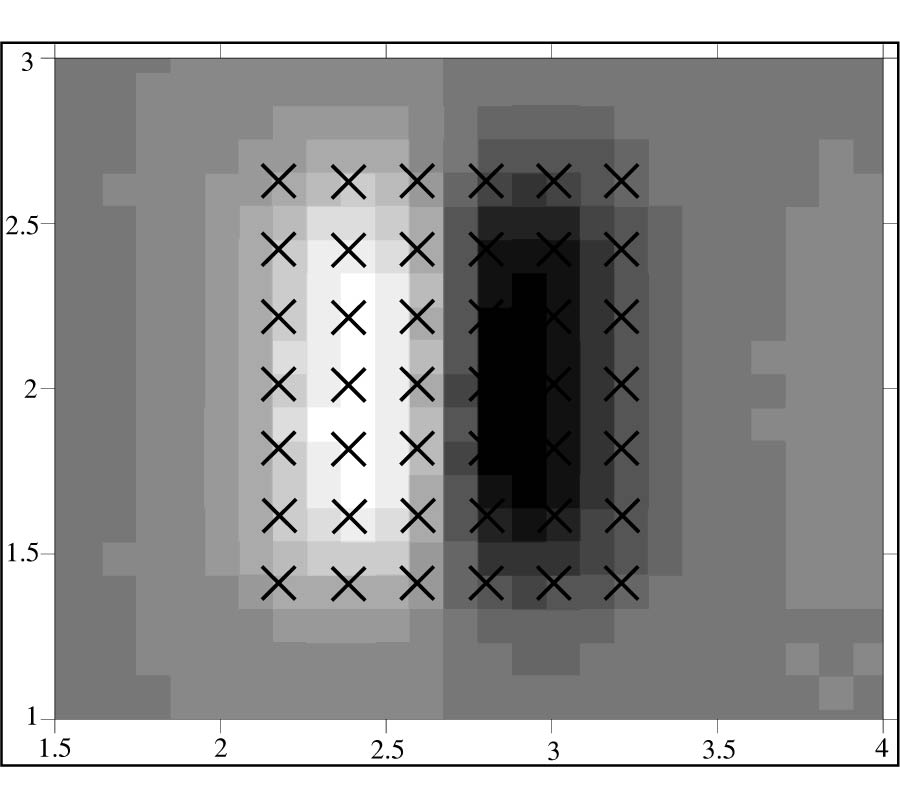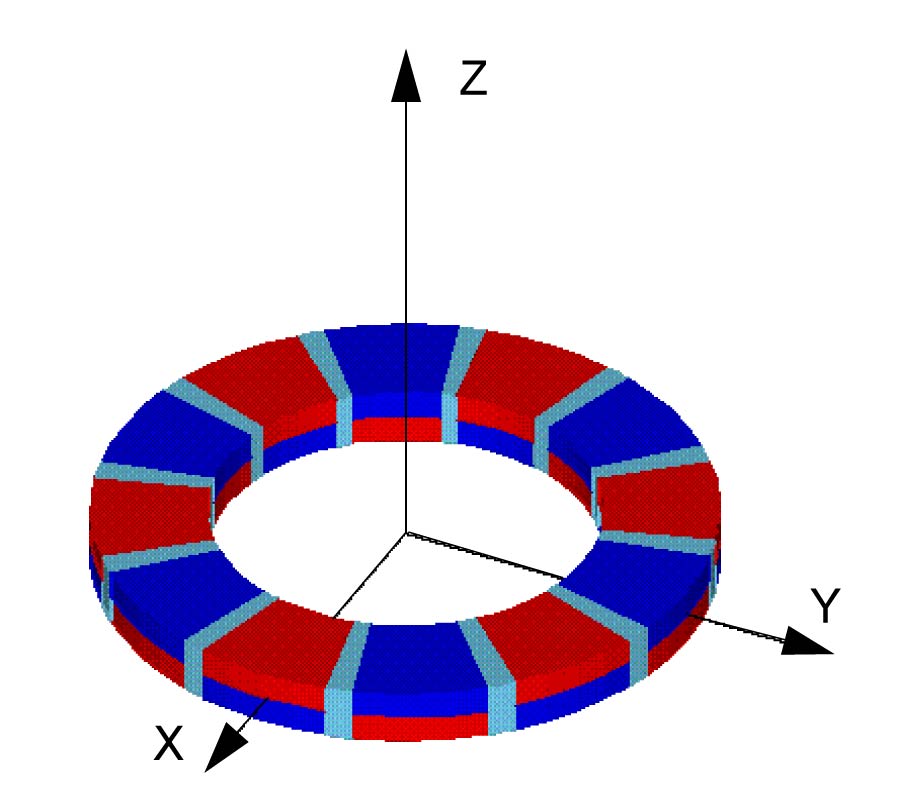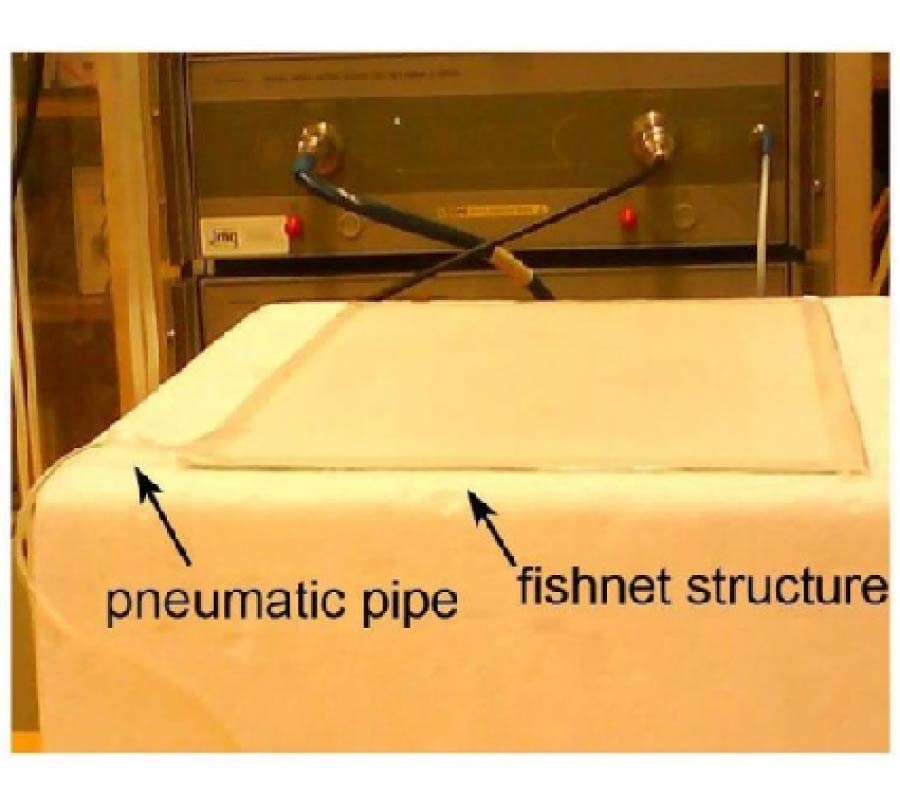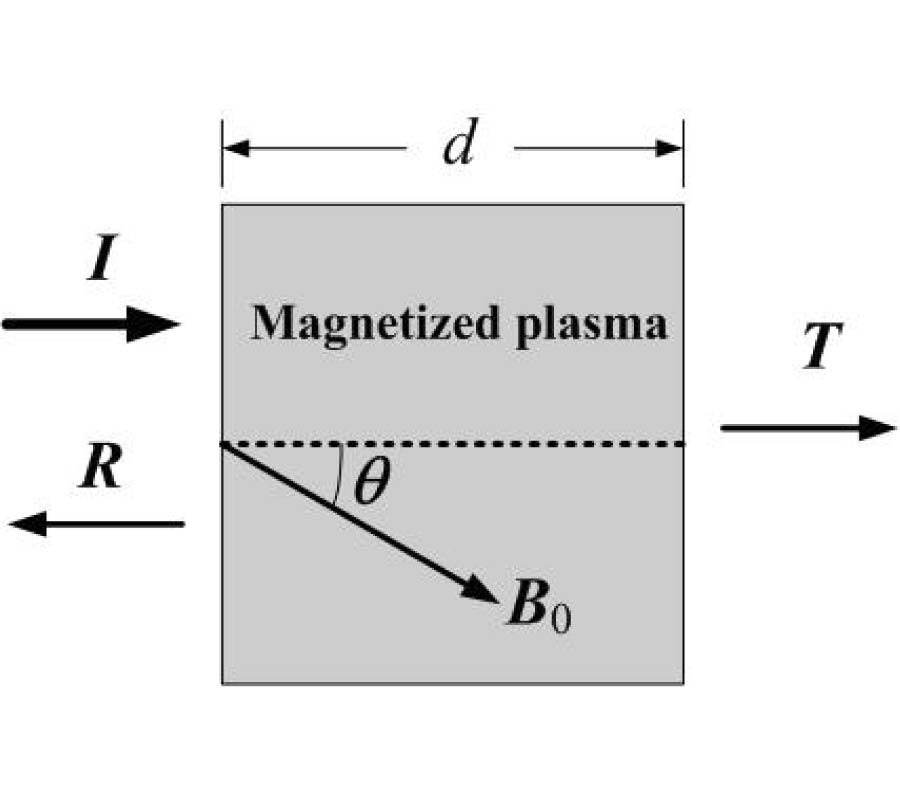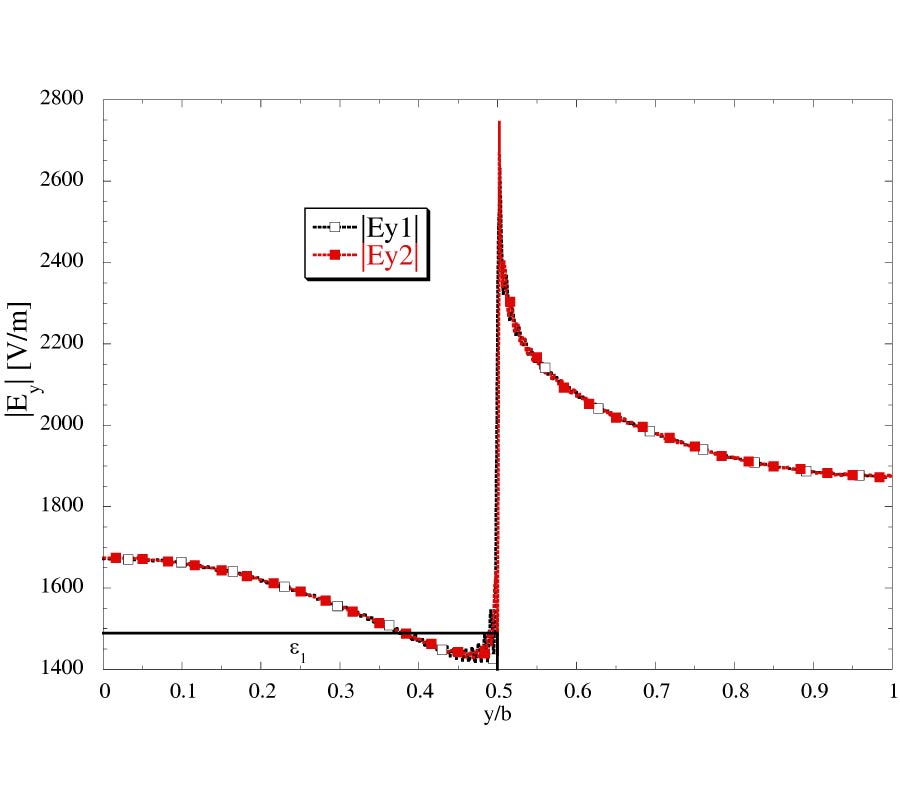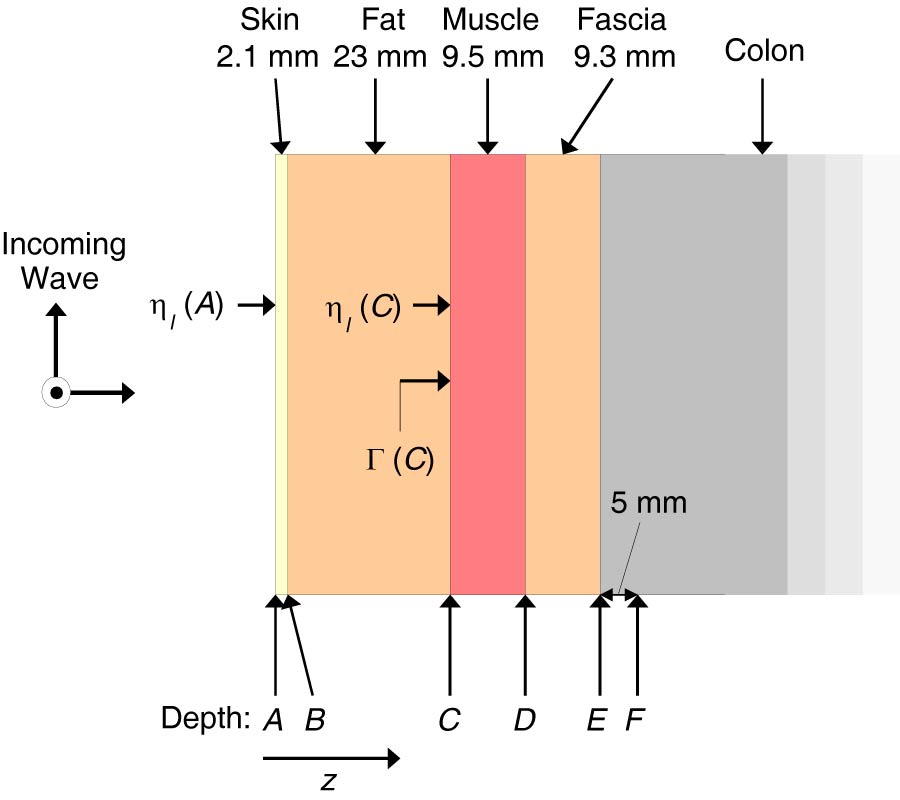Modified DOA Estimation Methods with Unknown Source Number Based on Projection Pretransformation
Qing-Chen Zhou,
Huotao Gao,
Fan Wang and
Jie Shi
In this paper, our purpose is to develop methods that have high resolution and robustness in the presence of unknown source number, array error, snapshot deficient, and low SNR. The DOA (Direction-Of-Arrival) estimation with unknown source number methods referred as MUSIC-like and SSMUSIC-like methods have shown high resolution in the snapshot deficient and low SNR scenario. However, they need to take several times of fine search on the full space, which bring about high computational complexities. Thus, modified methods are proposed to reduce computational complexities and improve performances further. In the modified methods, we priori use conventional beamforming to get the rough distribution of signals' angle, which helps to reduce computational complexity and connect the technique of projection pretransformation. Then through projection pretransformation, original methods are further simplified and improved. As demonstrated in computer simulations, the modified DOA estimation with unknown source number methods shows not only higher resolution in the snapshot deficient and lower SNR scenario, but also more robustness against array errors. Although the proposed methods cannot replace the array calibration completely, they reduce the requirement of calibration accuracy. Combined with these advantages, it has been shown that the new methods are more suitable in engineering.
